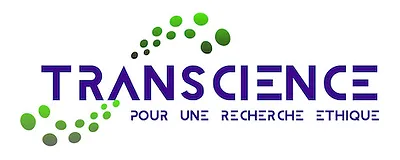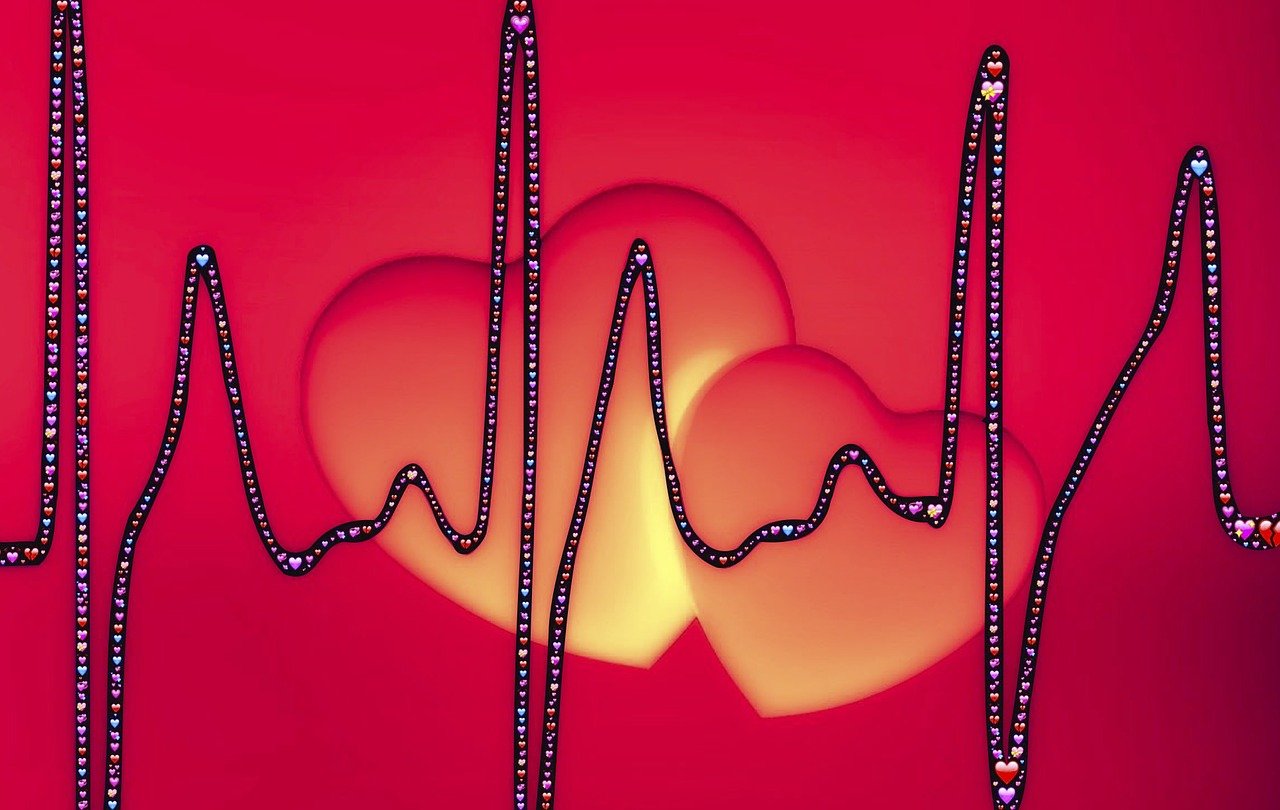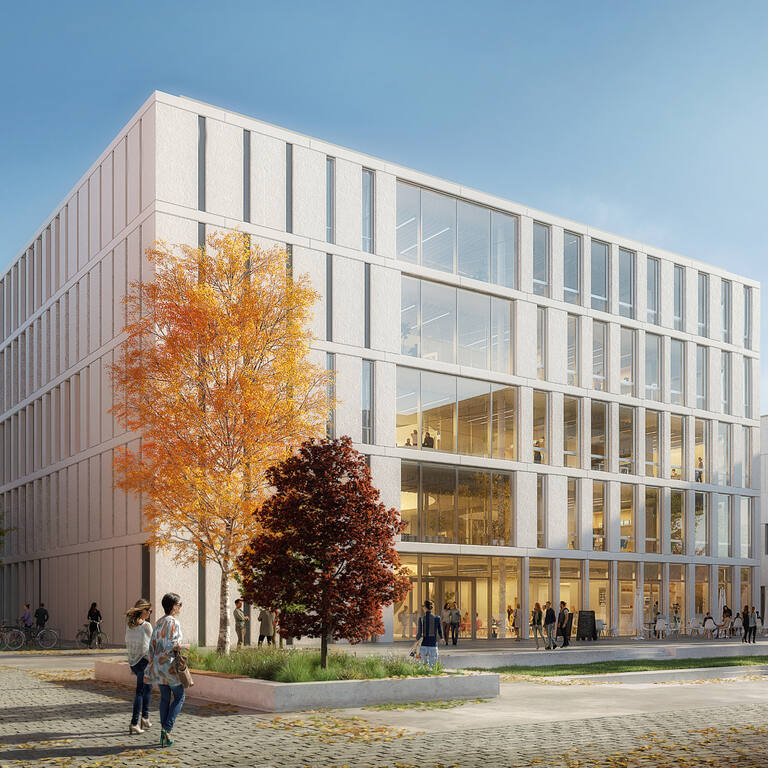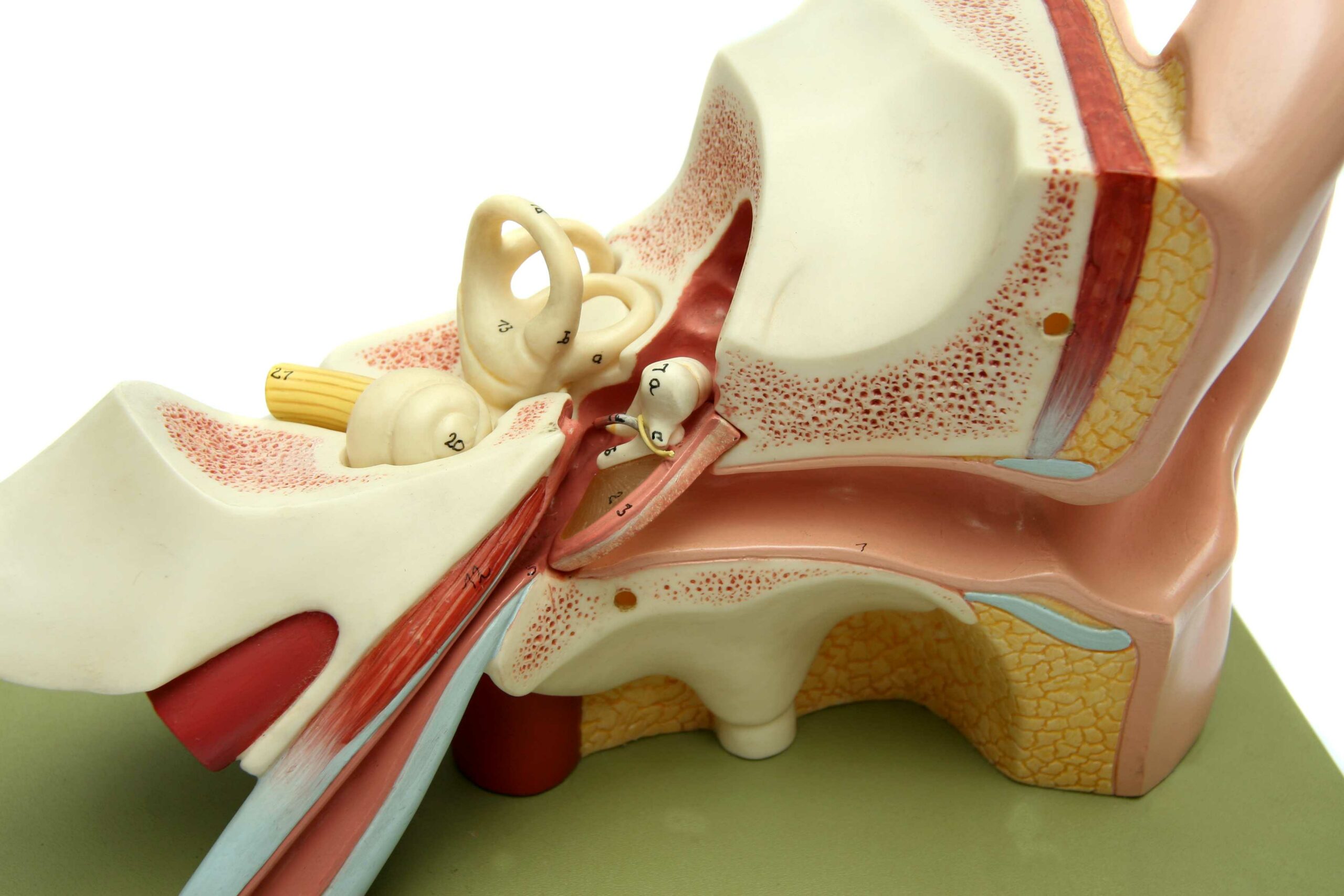The Togeth3R consortium(https://nc3rs.org.uk/togeth3r-consortium), which brings together 3R centers in 8 European countries (Belgium, Denmark, France, the Netherlands, Sweden, Switzerland and the United Kingdom), has conducted a series of webinars on non-animal research methods in the most animal-intensive fields:
– February 26, 2025: Non-animal methods in infection and immunity. Replay available
– March 5, 2025: Non-animal methods in oncology. Replay available
– March 12, 2025: Non-animal methods in neuroscience. Replay available
– March 19, 2025: Non-animal methods in cardiovascular science. Replay available
The last in this series presented the contributions of three approaches to cardiovascular research.
The Biowire platform described by Prof. Radisic is a heart-on-a-chip based on vascularized cardiomyocytes, which can be used to model rare genetic diseases for which there is no animal model, as well as to study ventricular hypertrophy in arterial hypertension, a frequent disease, or myocardial fibrosis, the advanced stage of many cardiac pathologies. Muscle cell contraction and the effect of drugs on this contractility are easily visualized by autofluorescence. A major limitation of the study of cardiovascular pathologies in mice is the genetic homogeneity of the lines created over the decades, which in no way reflects the great genetic diversity of the human species.
Pr. Denning reports on a successful collaboration with GSK Laboratories for screening molecules for cardiotoxicity (NC3Rs Crackit Inpulse). Working with cardiac muscle cells derived from pluripotent stem cells (hiPSC-CMs), his team was able to predict with 93% certainty the cardiotoxicity of dozens of molecules already known or in development at GSK, a percentage comparable to the animal method. The pharmaceutical company has since abandoned its current standard method, which uses rabbit hearts. What’s more, their tests revealed cardiotoxic effects of known molecules that had gone unnoticed in animal tests.
Dr. Ozturk worked on the development of a digital heart model incorporating a multitude of radiological, biophysical and biological parameters thanks to artificial intelligence, with the aim of being able to design and test medical devices (heart valves, patches, surgery). Validation has already been carried out on aortic stenosis in the elderly and on Fallot’s tetralogy, a cardiac malformation in children. This digital heart would be ideally suited to the initial design phase of the device, so that a large number of different shapes can be tested by computer, enabling better results to be obtained once the device has been implanted in an animal.




